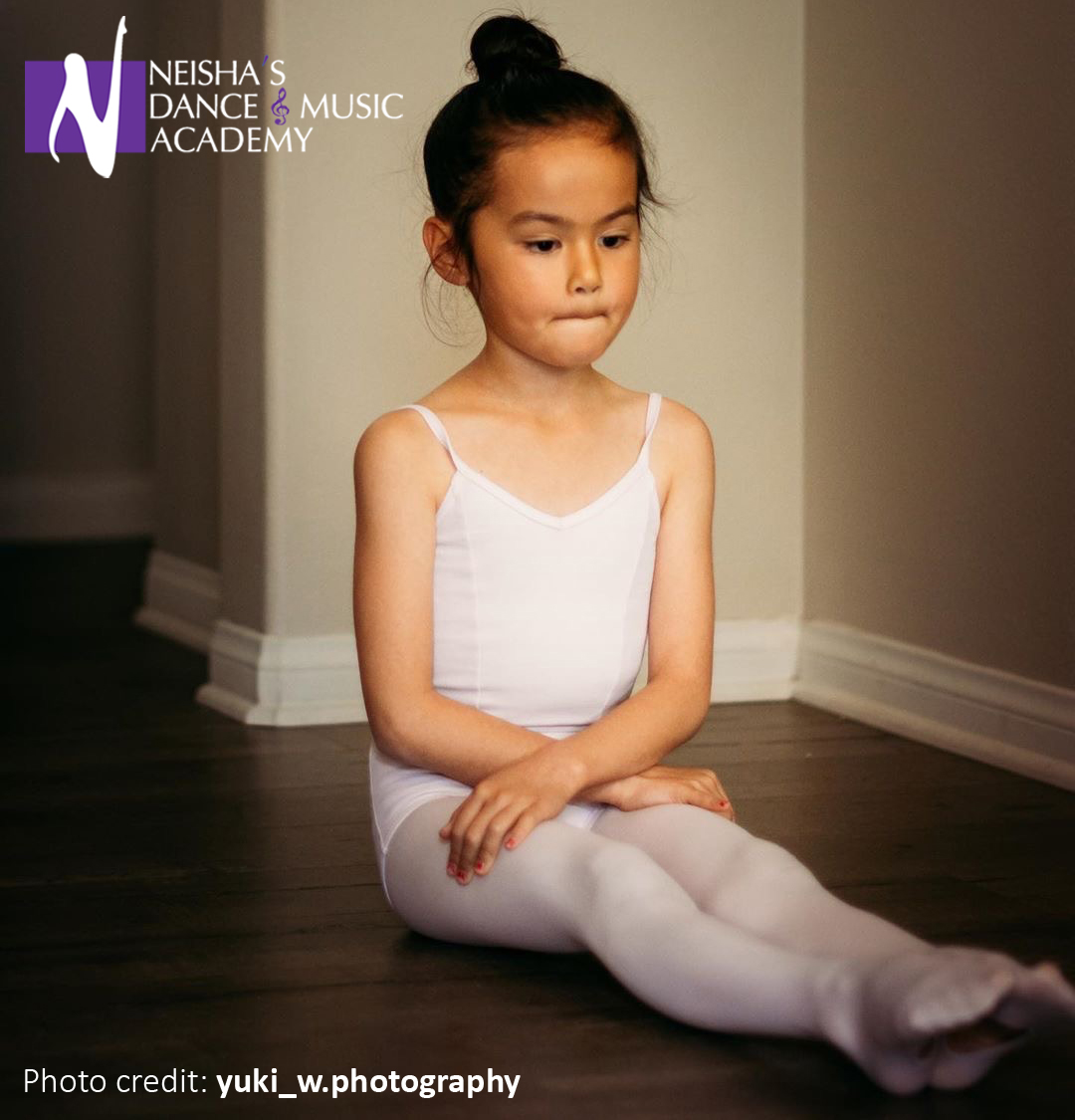
As part of ND&MA’s Choosing Resilience over Resentment movement, we are proudly launching a new blog series by our very own Licensed MFT, Jennifer Jeter.
We are all feeling it. The pressure of “lock-down,” limited social interactions and the desire to handle this unexpected change in our lives as well as possible. Parents are, additionally, feeling the responsibility to ensure their children get through this time as unscathed as possible…still learning, still growing and still finding joy with what seem to be limited options for enjoyment.
Okay…so we have the pantry stocked. We have worked out a schedule for the chores. We have set up a home office where possible and set up a home school area as necessary. But now what? Where is the fun? How do we help our kids to be happy in these strange and uncertain times?
The answer is in the arts! A study led by Professor Girija Kaimal at Drexel University in Philadelphia found that 45 minutes of creative activity significantly lessens stress in the body, regardless of artistic experience or talent.
Kaimal looked at cortisol levels in individuals before and after various artistic and creative exercises to determine how the arts affected subjects. Cortisol is our primary stress hormone released through adrenal glands. In other words, when cortisol levels are high, stress is high. 75 percent of participants displayed lower cortisol levels following artistic activities regardless of the artistic medium used or the level of prior experience each participant had. This means that any art form that appeals to you can be beneficial for lowering stress, whether it be singing, dancing, playing an instrument, acting, etc.!
What’s more exciting is that younger subjects in Kaimal’s study were able to bring their cortisol levels even lower than older participants. This indicates that the arts are extremely beneficial for children and teens. And because younger people are still developing new coping mechanisms for dealing with stress, parents can know they are helping their children learn skills that can benefit them for a lifetime!
How does creating art relieve stress? Being creative forces your brain to be in the present. Most worries are centered around future possibilities: (e.g. Will anyone I know get sick? Will we have enough money to pay bills?) When you are learning a new dance, or singing a song, you have to focus on the activity at hand, and that can be a relief!
Doing something creative, gives us something new and different to experience and focus on. Did you know that studies have proven that the average person has about 60,000 thoughts per day but that about 90% of these thoughts are the same or similar to the ones we had yesterday? When we learn a new skill or create something new, it stimulates our brain and that is positive!
Keep in mind that most people find the act of creating to be enjoyable and satisfying. Research has also shown that creating art increases a neurotransmitter in the brain called dopamine. Dopamine has been associated with feelings of happiness and motivation. Doing an artistic activity is a good way to distract from current daily struggles and concerns and most importantly, to feel good!
In a time where life has slowed down and activities are limited, children still need (and crave!) the feeling of accomplishment. An essential part of growing up is discovering that we have the ability to accomplish new skills. Children who are involved in the arts have an opportunity to develop new skills on a regular basis. The end result of these accomplishments is a boost to self-esteem and confidence.
Focusing, specifically on the art form of dance, there is even more evidence for the positive effects of stress management and mood. Physical activity releases dopamine like other art forms, but it also releases endorphins in the body. Endorphins are naturally created hormones. They are associated with increased feelings of well-being and they even aid in pain management. And when our bodies feel good, our minds feel better. Keep in mind, too, that tiring out our bodies, helps us get a better night’s sleep, which is also essential for managing stress and elevating mood!
And get this! In a study at the University of Derby in England, depressed patients were prescribed dancing instead of medication. The results were the following: a significant increase in feelings of happiness, increased confidence and social skills, a decrease in stress hormones and depression and a reported expansion in mindfulness and self-awareness!
Another reason the arts can be so valuable during times like these is that art can give us another way to express ourselves beyond using words. Sometimes children and teens aren’t exactly sure how to express the complex feelings they are having. Creating art allows for feelings to come out through movement, music and other non-verbal expressions. Often, a young artist will feel relieved of pent-up emotions after they have created something new.
So while we are negotiating and moving forward in a new world, there is one thing that has remained the same: the creative arts are valuable and always will be. And here’s the best news for parents: Connecting your kids to an art form they enjoy, will fill up their time, give them new skills, help them grow in confidence, and benefit them mentally emotionally too!

Jennifer Jeter, MFT
Jennifer Jeter is a licensed Marriage and Family Therapist who has been in practice in San Diego since 2001. She works with couples and individuals and believes that the answers to a satisfying life can be discovered through talk therapy. Jennifer lives with her husband, beautiful dancer daughter and her dog Ashton in Chula Vista, California.






